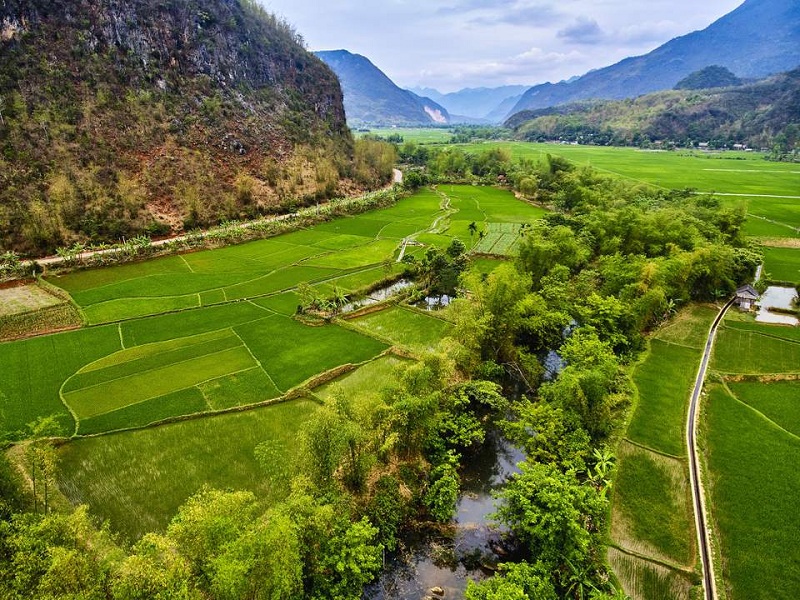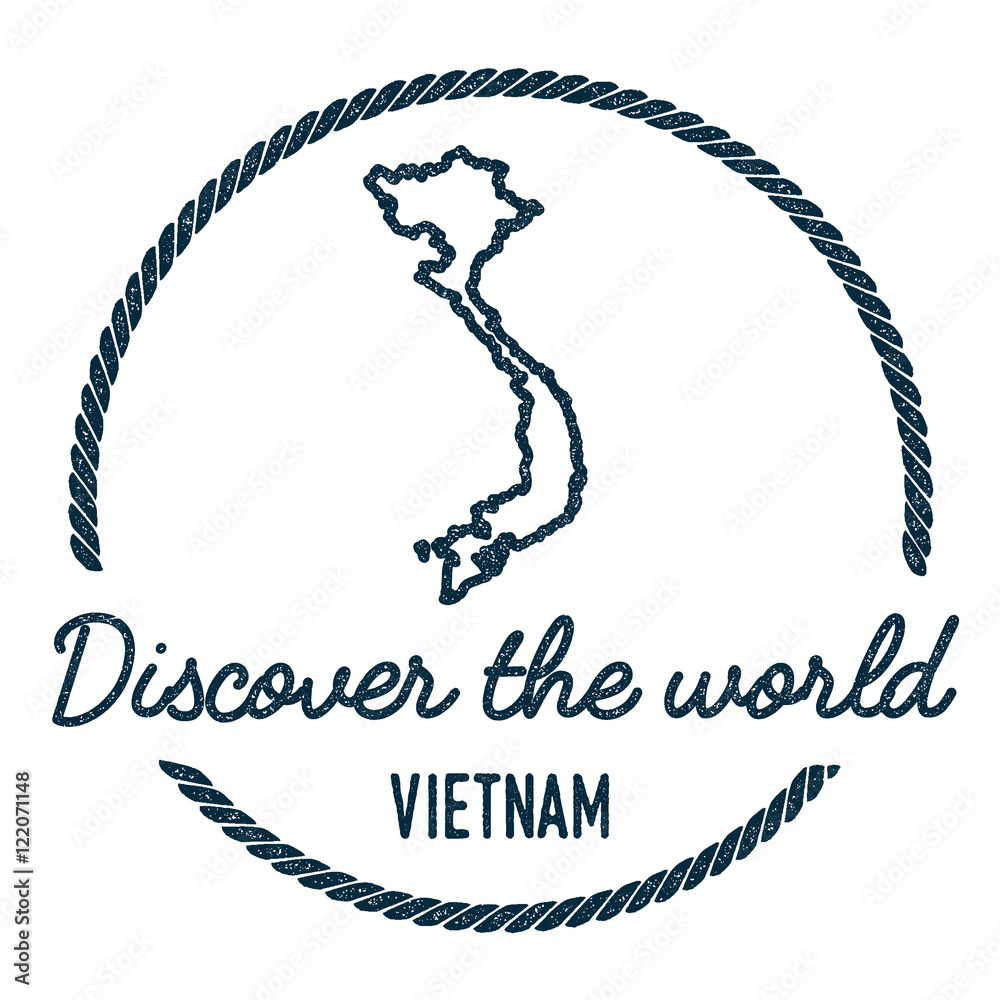Vietnam Border Countries International Border with Vietnam

Table of Contents
Vietnam Border Overview
Vietnam, a country located in Southeast Asia, shares its borders with several neighboring nations. These international borders play a significant role in shaping Vietnam’s geopolitical landscape and have influenced its history, culture, and economic relations. In this article, we will explore the geographical neighbors of Vietnam, the countries that share borders with Vietnam, and delve into the unique characteristics and interactions associated with each border.
Geographical Neighbors of Vietnam
Vietnam is situated in a strategic location in Southeast Asia, bordered by multiple countries. Its geography encompasses diverse landscapes, including mountains, deltas, highlands, and coastal areas. Let’s take a closer look at the geographical neighbors of Vietnam:
1. China
To the north of Vietnam lies China, the world’s most populous country. The shared border between Vietnam and China stretches over 1,280 kilometers (795 miles) and spans from the Gulf of Tonkin in the east to the tripoint with Laos in the west. This border region is known for its stunning mountain ranges, such as the majestic Fansipan in Vietnam and Yunnan Province in China. The border crossing points facilitate trade and cultural exchanges between the two nations. Notable border cities include Hanoi in Vietnam and Nanning in China.
Border Summary with China:
- Length: Approximately 1,280 kilometers (795 miles)
- Major Border Crossing Points: Hekou-Lào Cai, Mong Cai-Dongxing
- Key Cities along the Border: Hanoi (Vietnam), Nanning (China)
2. Laos
To the west of Vietnam lies Laos, a landlocked country with a rich cultural heritage. The Vietnam-Laos border extends over 2,161 kilometers (1,343 miles) across rugged terrains, dense forests, and numerous rivers. This border is characterized by the Annamite Range, which serves as a natural barrier between the two countries. The border region is renowned for its scenic beauty and offers opportunities for cross-border tourism and trade. Key border cities include Dien Bien Phu in Vietnam and Luang Prabang in Laos.
Border Summary with Laos:
- Length: Approximately 2,161 kilometers (1,343 miles)
- Major Border Crossing Points: Tay Trang-Sobboun, Lao Bảo-Dansavan
- Key Cities along the Border: Dien Bien Phu (Vietnam), Luang Prabang (Laos)
3. Cambodia
To the southwest of Vietnam lies Cambodia, a country known for its ancient temples and rich cultural heritage. The Vietnam-Cambodia border stretches over 1,158 kilometers (720 miles) and follows the course of the Mekong River in parts. This border region is characterized by diverse ecosystems, including the Mekong Delta, which is a fertile agricultural area contributing to both countries’ economies. Notable border cities include Ho Chi Minh City in Vietnam and Phnom Penh in Cambodia.
Border Summary with Cambodia:
- Length: Approximately 1,158 kilometers (720 miles)
- Major Border Crossing Points: Moc Bai-Bavet, Tinh Bien-Prek Chak
- Key Cities along the Border: Ho Chi Minh City (Vietnam), Phnom Penh (Cambodia)
Vietnam’s Bordering Nations

Vietnam shares its borders with three countries: China, Laos, and Cambodia. These neighboring nations have had a profound impact on Vietnam’s history, culture, and economy. Here are some key aspects related to Vietnam’s bordering nations:
1. Historical Relations
The borders between Vietnam and its neighboring countries have witnessed historical interactions, ranging from conflicts to diplomatic alliances. For instance, Vietnam and China share a complex history of territorial disputes, cultural exchanges, and economic cooperation. The Vietnam-Laos border has been shaped by historical connections between the two nations, including past conflicts and shared socialist ideologies. Similarly, Vietnam and Cambodia have a history intertwined with periods of conflict and cooperation.
2. Cultural Exchanges
The borders with China, Laos, and Cambodia act as conduits for cultural exchanges between Vietnam and its neighboring nations. These exchanges are reflected in shared traditions, art, cuisine, and religious practices. For example, Vietnamese culture bears influences from Chinese Confucianism, while the close proximity to Laos and Cambodia has contributed to the blending of cultural elements.
3. Economic Interactions
The borders play a crucial role in facilitating trade and economic interactions between Vietnam and its neighboring countries. Cross-border trade has flourished, with goods, services, and investments flowing across these borders. China, Laos, and Cambodia serve as important trading partners for Vietnam, contributing to regional economic integration and development.
Summary:
- Historical Relations: Complex histories with conflicts and alliances
- Cultural Exchanges: Shared traditions, art, cuisine, and religious practices
- Economic Interactions: Facilitating trade and contributingto regional economic integration and development
Conclusion
The international borders of Vietnam offer a glimpse into its rich history, vibrant culture, and dynamic economic interactions with neighboring countries. The borders with China, Laos, and Cambodia shape Vietnam’s geopolitical landscape and play a pivotal role in facilitating trade, tourism, and cultural exchanges. Understanding Vietnam’s border countries provides valuable insights into the country’s regional connections and its position in the broader Southeast Asian context.
In conclusion, the international border with Vietnam offers a fascinating tapestry of geographical diversity, historical relations, cultural exchanges, and economic interactions. It underscores the interconnectedness of nations and serves as a reminder of the shared heritage and common aspirations among neighboring countries.